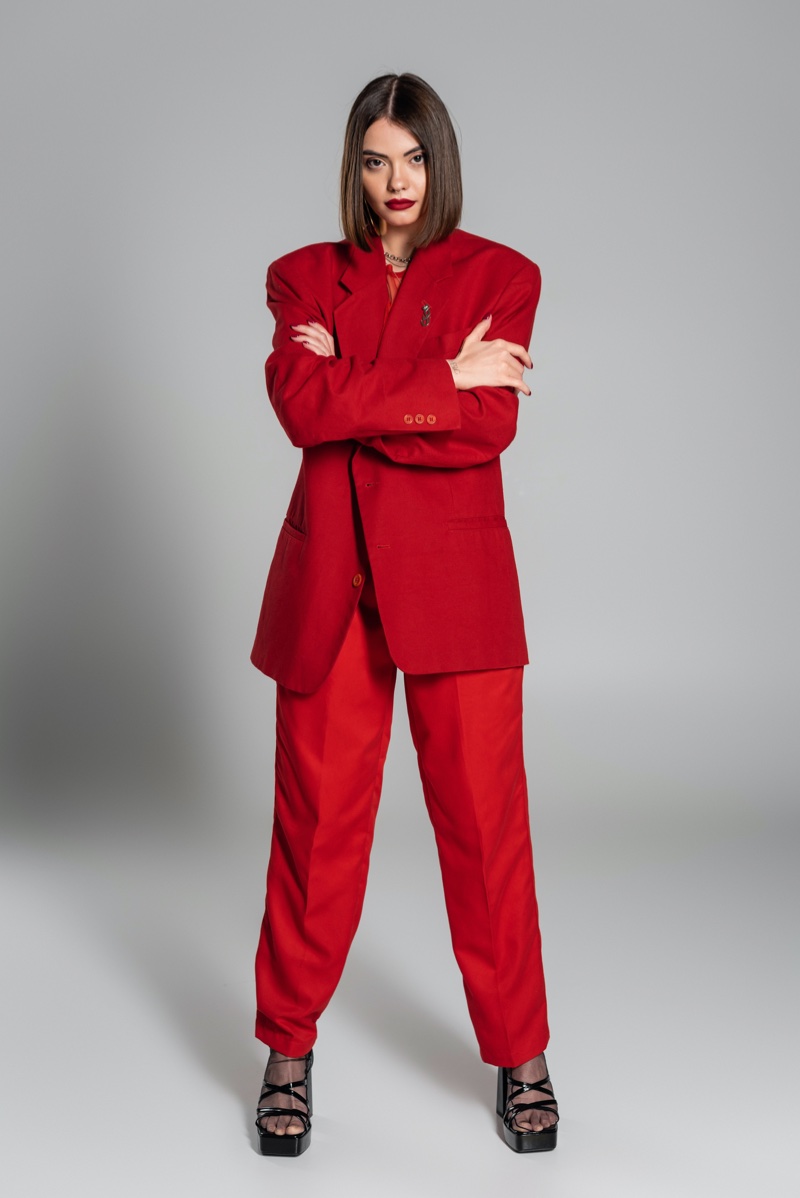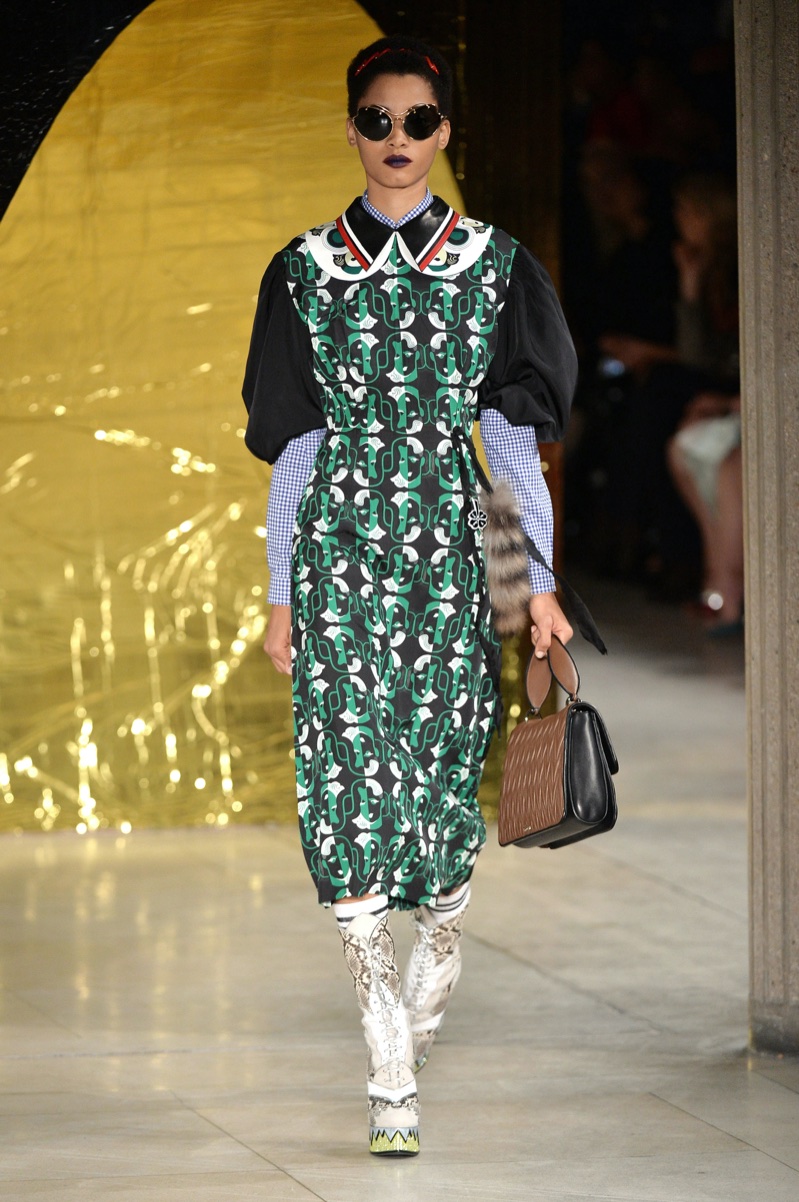From runways in Paris to TikTok feeds across the globe, fashion seems to be stuck in rewind. Y2K glitter, 90s minimalism, and 80s power suits. Each season feels like a curated time capsule rather than a leap forward.
But this past decade obsession isn’t just a passing fad. It’s a phenomenon deeply embedded in the cultural, emotional, and economic machinery of the fashion industry. In times of uncertainty, people often seek comfort in the familiar, and clothing becomes a powerful vehicle for nostalgia.
For Gen Z, wearing the past is both ironic and sincere, a rebellion against fast-moving digital life and a longing for eras they never lived through. Meanwhile, brands and designers, driven by risk aversion and bottom-line pressures, continually mine their archives, banking on proven silhouettes over experimental innovation.
So why can’t fashion let go of the past? The answer lies at the intersection of memory, market, and meaning, where yesterday’s trends feel safer than tomorrow’s unknowns.
The 20-Year Cycle: Myth or Mechanism?

Fashion’s obsession with the past isn’t random. It often follows what’s known as the 20-year cycle, a widely accepted theory that trends resurface roughly two decades after they first peaked.
The early 2000s, once mocked for low-rise jeans and bedazzled logos, are now back in full force. Similarly, the 90s had their moment in the 2010s, and the 70s were revived in the 90s. But is this cycle a creative roadmap or a lazy loop?
The 20-year rhythm aligns with generational shifts. As young adults begin to assert cultural influence, they reinterpret the styles they grew up around, or those their parents once wore.
But beyond personal nostalgia, there’s a calculated business incentive. Familiar trends are safer to market, easier to remix, and already etched into public memory.
Still, some critics argue that this cycle has become more of a marketing crutch than a genuine revival. Instead of inspiring fresh creativity, the system risks turning fashion into a predictable loop. One where reinvention becomes replication.
Psychology of Nostalgia: Why We Dress Like the Past

Fashion goes beyond aesthetics. It’s deeply emotional. In times of social upheaval or personal uncertainty, people gravitate toward the familiar, and clothing becomes a soft form of self-soothing.
Nostalgic styles act like wearable memories, evoking eras perceived as simpler, freer, or more authentic. Whether it’s the baggy denim of the ’90s or the playful kitsch of Y2K, these looks offer comfort, identity, and escape.
Psychologically, embracing the past provides a sense of continuity in a fast-changing world. For Gen Z, retro fashion is a way to connect with a pre-digital past they never experienced firsthand. Wearing vintage or vintage-inspired pieces allows for both irony and sincerity, rebellion and belonging.
Social media amplifies this vintage-loving loop. Algorithms reward recognizable aesthetics, turning thrift hauls and decade-inspired fits into viral content.
Yet as a love for the past becomes a performance, its personal meaning can blur. It raises the question: are we drawn to these styles because they resonate, or because they’re trending?
Cultural Zeitgeist: When the Past Feels More Inspiring Than the Present

In many ways, fashion mirrors the cultural mood. And lately, the past feels more compelling than the present. Pop culture is saturated with retro influences: TV shows like Stranger Things glamorize the ’80s, while Barbie reimagines nostalgic femininity for a modern audience.
Music videos borrow VHS aesthetics, and film photography is trending among teens who grew up with 4K cameras. The past has become a curated fantasy. One that feels more vibrant, playful, and emotionally rich than the hyper-digital now.
This longing is existential. In a world grappling with climate anxiety, economic instability, and social fragmentation, revisiting the past offers a sense of stability. Even if it’s one we imagined. Fashion becomes a form of cultural escapism, a way to anchor identity in a time when the future feels uncertain.
But this reliance on nostalgia also reveals a creative impasse. If the present lacks a distinct aesthetic or the confidence to define one, it’s no wonder designers and consumers alike keep looking backward for inspiration.
The Creative Cost: Is Fashion Losing Its Edge?

While looking to the past offers emotional resonance and commercial appeal, it can come at a creative cost. When fashion endlessly recycles bygone eras, innovation risks becoming secondary to replication.
Designers, once celebrated for boundary-pushing originality, now often feel pressure to deliver marketable “retro revivals” rather than bold new visions. Archival collections are reissued season after season, and collaborations frequently hinge on iconic logos or vintage silhouettes, not fresh ideas.
This trend raises a deeper concern: is fashion losing its role as a cultural vanguard? At its best, fashion challenges norms, reflects social change, and imagines the future. But in a nostalgia-saturated landscape, it sometimes serves more as a mirror to memory than a window forward.
Remixing the Past with Purpose

Still, it’s not all regressive. Designers like Miuccia Prada, Martine Rose, Marc Jacobs, and Demna use nostalgia as a subversive tool. They do it to interrogate the past rather than romanticize it.
They blend vintage references with contemporary codes, often to critique consumerism, explore identity, or distort conventional beauty.
Whether it’s Prada’s ironic twists on retro femininity, Rose’s warped menswear drawn from 90s subcultures, Jacobs’ theatrical reimagining of grunge, or Demna’s dystopian remix of corporate and streetwear, these designers treat past eras as raw material, not a destination.
The difference lies in intent: is the past being reinterpreted with purpose, or merely repackaged for profit? True innovation may not mean abandoning the past, but daring to reshape it into something we’ve never seen before.
This story originally appeared on FashionGoneRogue

